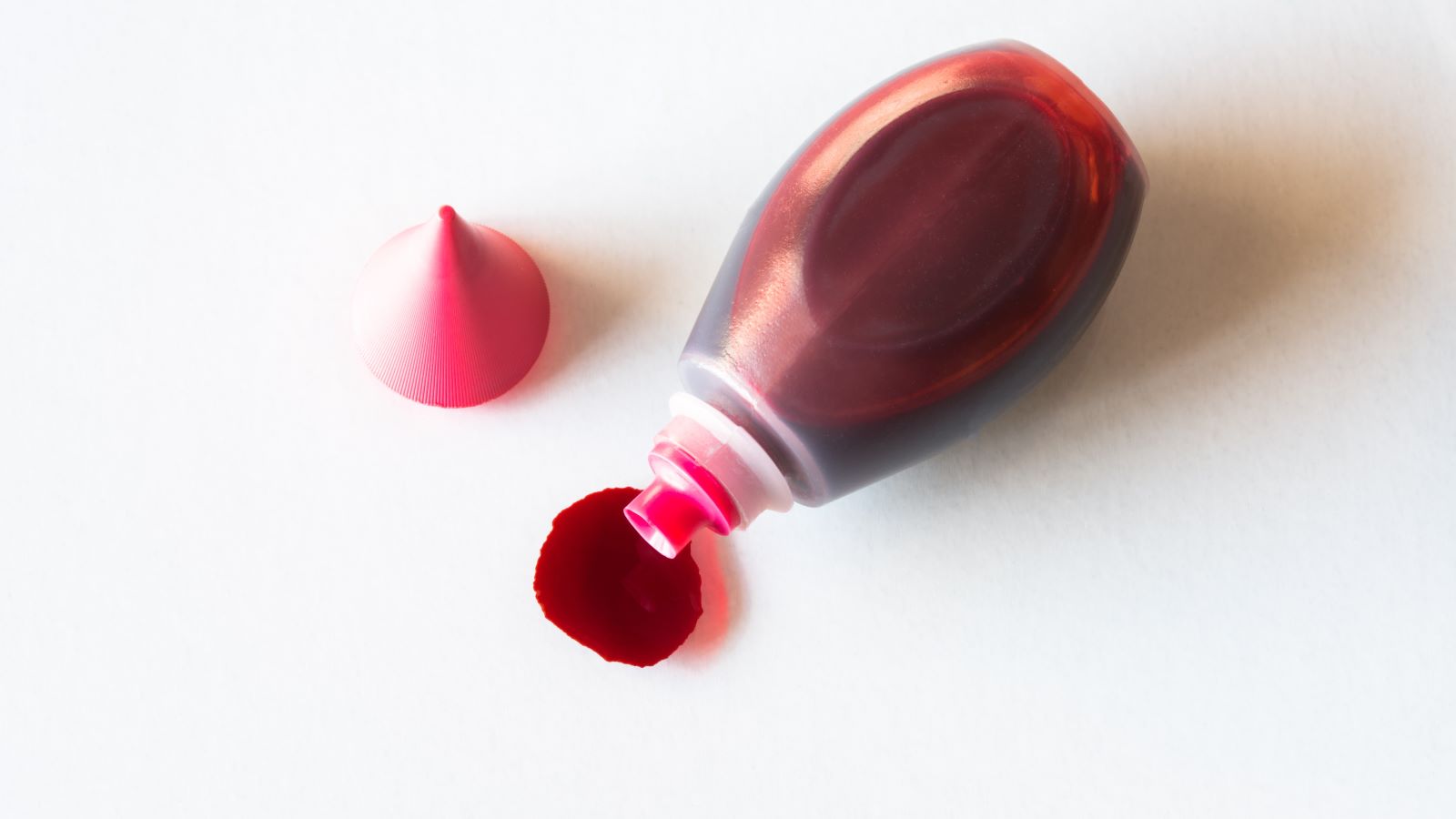<< Back
Here’s Why You Should Avoid Red Dye #3 and Other Chemicals

October 30, 2023
“Taste the rainbow” is a good idea when it comes to filling our plate with fruits and vegetables, but not so much when it comes to artificial food dyes.
Red dye #3 will be banned in California in 2027, and consumer advocates are pushing for the FDA to do the same nationally.
But what exactly is this dye, and how is it hazardous to your health? We asked to an expert to break it down.
What is red dye #3?
Red dye #3 is a preservative and food coloring that’s actually derived from petroleum, says Andrew Wong, MD, primary care provider for the Hartford HealthCare Medical Group in Westport.
“Its use is purely cosmetic and can be deceiving. Items that have pictures of strawberries on the label, like strawberry Pediasure, actually have no strawberry ingredients. Only a red tint from the dye,” he says.
> Related: Are Skittles Toxic? A New Lawsuit Says Yes
Why is red dye #3 dangerous?
The United States banned red dye #3 in cosmetics back in 1990, but California is the first state to ban it as a food additive.
The reason? Research has shown it can cause cancer, especially thyroid, along with behavioral health issues such as attention deficit hyperactivity disorder (ADHD).
> Want more health news? Text StartHere to 85209 to sign up for text alerts
What is red dye #3 found in?
Foods containing red dye #3 include brightly colored:
- Soda
- Juice
- Yogurt
- Soft candy and gummies
- Baby food
- Cookies
- Toaster pastries
- Frozen dairy desserts
- Baking decorations like frosting
- Medications, including one that, ironically, is used to treat ADHD
Some manufacturers – such as those producing Skittles and M&Ms – already shifted to safer food coloring to comply with European standards that prohibit red dye #3, Dr. Wong says.
Red dye #3 isn’t the only culprit.
The same California legislation that bans this dye also targets:
- Potassium bromate – a flour additive that’s linked to cancer.
- Brominated vegetable oil – which prevents separation of juice elements in citrus drinks, which may cause behavioral or reproductive issues.
- Propylparaben – a preservative that is connected to arthritic inflammation, reproductive issues and breast cancer.
But Dr. Wong says these are just the “tip of the iceberg” when it comes to identifying and removing unhealthy additives in food.
“Rates of almost all cancers are higher today than they were 30 years ago. I believe the addition of chemicals as preservatives and coloring in foods is a primary reason,” he says. “Most processed foods are composed of more artificial flavoring and chemicals than natural ingredients. We should not be eating them and discourage children from including processed foods in their diets.”
How can I avoid chemicals in foods?
The best way to avoid harmful chemicals is to eat your food whole and unprocessed.
But if you can’t resist temptations like soda or candy, he suggests reading food labels and looking for ingredients like red dye #3. You may be surprised to find out which products contain it.
“We have to change our mindset – first, have the government determine safer ways to give foods longevity without harming us. Also, make sure fresher and affordable options are more readily available,” he says.
But beware, not all foods labeled “healthy” or “natural” live up to their name.
Though federal law mandates ingredients used in a food product must be listed on the label, many listed ingredients can be misleading and some described as natural are, in fact, unhealthy.
“We need more clarity on ingredient labelling so we can learn how to eat and live more healthfully.”